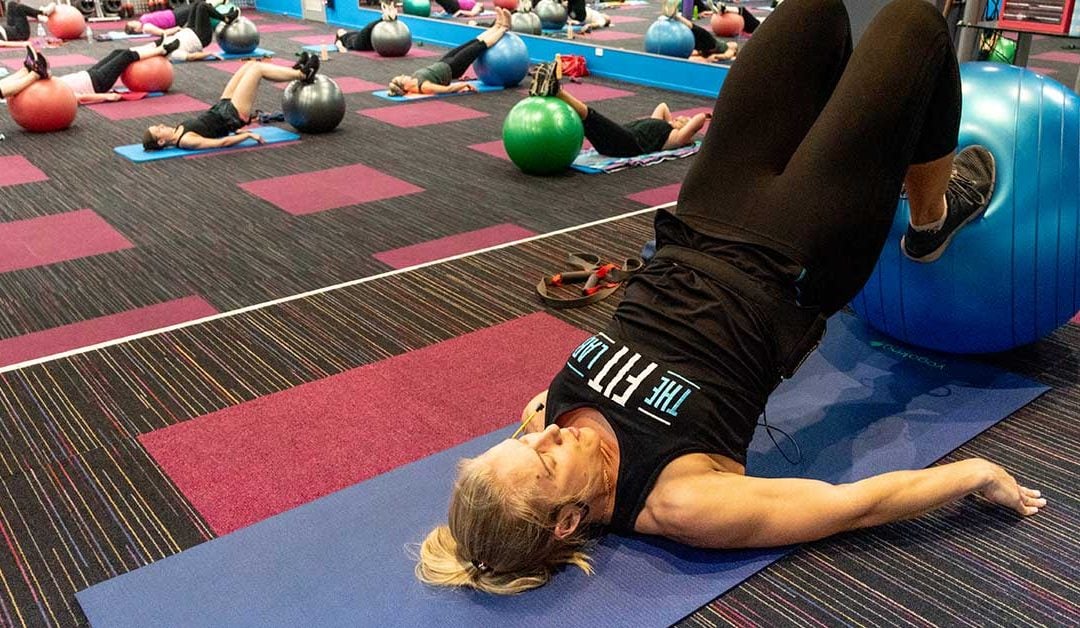The usual image we hold for training our ‘core’ is getting down and smashing out as many sit-ups as we can. This is usually with a training partner holding our feet or the classic manoeuvre of using the underside of the bed to fix our feet in place. However, is this an accurate exercise for replicating the movements and functions of the ‘core’?
Firstly, Let’s Clarify One Thing:
Your ‘core’ is a group of more than 20 muscles in the lower back, stomach and hips. The abs (rectus abdominis if you enjoy Latin) is a small fraction of this large and dynamic muscle group. The ‘core’ muscles work together to keep the spine stabilised, maintain an upright body position as well as being critical for bending forward, backwards and twisting from side to side. Your abs sole function is to assist in bending the torso forward (a.k.a. Flexion of the lumbar spine).
With this newly gained knowledge you can begin to understand that sit-ups are indeed an efficient exercise at training the ‘abs’, however they do miss many other key functions of the ‘core’. They are a starting point for building a ‘six-pack’ but will not solve many lower back issues and improve athletic performance that comes with developing a strong core.
So, How Should I Train the ‘Core’?
Like any other muscle group, the key is to replicate the main actions of the muscle. The ‘Core’ muscles are used to stabilise so let’s destabilise the environment! Swiss Balls are great for this. Being greatly unstable they ‘force’ the use of the core to maintain a stable and upright body position. Another option is to remove the amount of limbs in contact with the floor, resulting in a decreased base of support (like standing on 1 leg). A good exercise is to take a push-up position with arms straight and begin raising up 1 arm at a time off the ground and try to maintain your straight posture without the shoulders or lower back dropping. Once again to maintain a stable spine the core muscle will fire heavily.
The Take Home Message
Variety in exercises is crucial in developing great strength in your core to replicate the dynamic nature of this group of muscles. Sit-ups are not enough. LET’S DESTABALISE THE ENVIROMENT!
Further Reading:
Okada, T., Huxel, K. C., & Nesser, T. W. (2011). Relationship between core stability, functional movement, and performance. Journal of Strength and Conditioning Research, 25(1), 252-261.
Reed, C. A., Ford, K. R., Myer, G. D., & Hewett, T. E. (2012). The effects of isolated and integrated ‘Core stability’ training on athletic performance measures: A systematic review. Sports Medicine, 42(8), 697-706.
Stanton, R., Reaburn, P. R., & Humphries, B. (2004). the effect of short-term swiss ball training on core stability and running economy. Journal of Strength and Conditioning Research, 18(3), 522-528.
